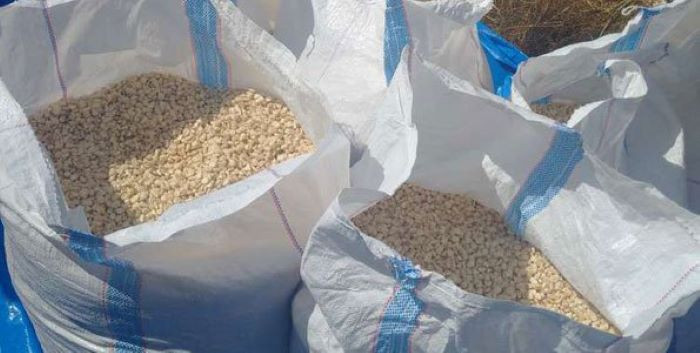
One of the unresolved yet statistically significant questions of our times pertains to the quantum of money which, in these dollarised times, remains unbanked.
Financial Sector Spotlight with Omen Muza
The Bankers’ Association of Zimbabwe (BAZ) is already seized with the issue and in March 2014 indicated that it had commissioned a study to ascertain the true extent of disintermediation.
I am informed that the experts engaged by BAZ will soon complete their long-awaited study.
There is no doubt that theirs is not an enviable task because this is a vexing question and lately, without necessarily pre-empting the result of the study, I have been thinking a lot about how such an assignment would be approached.
Experts will no doubt use complicated metrics involving Gross Domestic Product figures and money supply growth to arrive at their answer but for the purpose of this article, I outline some practical considerations I would make in an attempt to pin down the elusive amount.
Let me hasten to say that I am not prescribing a formula, but outlining what I think would be some of the critical considerations for such a study.
Establishing link between deposit growth and unbanked money Upon dollarisation, total banking sector deposits amounted to just under $300 million and for some time thereafter, deposits grew at a rate of about $100 million a month.
- Chamisa under fire over US$120K donation
- Mavhunga puts DeMbare into Chibuku quarterfinals
- Pension funds bet on Cabora Bassa oilfields
- Councils defy govt fire tender directive
Keep Reading
Perhaps as a departure point, one of the issues I would seek to establish: Is how much money was already circulating outside formal banking circles at dollarisation? Surely, there must be a positive correlation between growth in this amount and the growth in total banking sector deposits. Having established this figure, I would therefore apply to it a factor related to the growth in banking sector deposits since this is known, in order to arrive at the current estimate of unbanked money.
Sources of liquidity for the informal markets
It’s a known fact that unbanked money resides in informal markets; but where does it come from in the first place? The next thing I would therefore be keen to establish is the source of this money that winds up being unbanked.
If I can establish its source or sources, I should be able to establish the pathways it follows to the informal markets and possibly the rate at which it does so.
In the absence of the printing press, two critical sources that immediately come to mind and strike me as the major ones are withdrawals from the formal banking system and Diaspora remittances.
Banking sector withdrawals Given the deficit of confidence in the formal banking sector, it’s generally agreed that of the money that is routinely withdrawn monthly from banks, a portion of it never makes its way there again.
Banks have probably the biggest stake in this so it would be necessary to work with them to establish exactly where and how the virtuous chain of financial intermediation is broken.
Having a fair idea of the quantum of this “leakage” – in percentage terms – would enhance understanding of how it has contributed to the growth of unbanked money.
Diaspora remittances: Diaspora remittances are a significant contributor to household incomes in Zimbabwe, so I imagine that as one of the departure points, any attempt to answer the question of the unbanked money would have to consider how Diaspora remittances feed into the stock of unbanked money.
The important thing to note is that despite the efforts of such formal channels as the OK-FNB Zimbabwe Money Transfer System, EcoCash Diaspora and other money transfer agencies, a significant portion of Diaspora remittances have over the years relied on informal means, which make them difficult to quantify and likely to remain under the statistical radar.
Quantifying impact of mobile banking platforms
Even though the terms of licensing of non-bank mobile money platforms require them to be backed by banking partners in order to enhance their risk management and accountability matrices, over time a core of the funds transacted through mobile platforms unavoidably stays out of reach of banks.
While available for the transacting purposes and needs of mobile wallet users, such money remains unavailable for banks’ intermediation purposes. I would therefore be interested in how we can quantify the contribution of mobile money platforms to the stock of unbanked money or how the process of accounting for banking sector deposits can be reconfigured to recognise the dynamics of mobile money.
Identifying the homes of unbanked money One of my interests would naturally be to establish the homes that money inhabits once it leaves the sources identified earlier.
This would enable me to interrogate each of the destinations with the objective of establishing its individual contribution to the growth of unbanked money and therefore how it can be tapped.
My conclusion is that it would be difficult to arrive at the figure for unbanked money through one route. Given the different strands that contribute to the stock of unbanked money, it may be necessary to come up with several frameworks whose results will be collated and averaged out to get to the figure we want.











